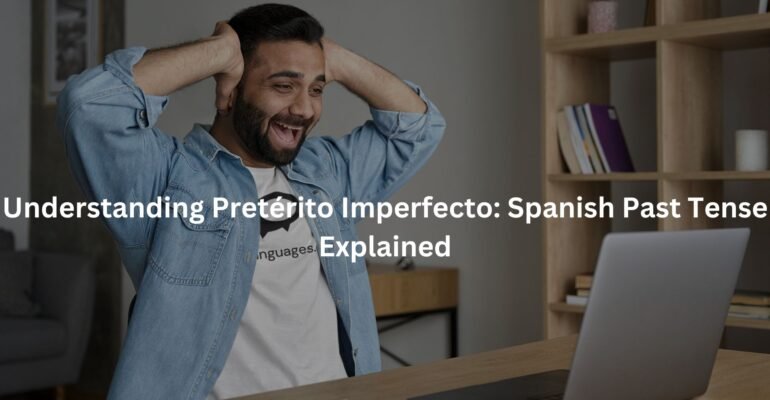Understanding Pretérito Imperfecto: Spanish Past Tense Explained
Understanding Pretérito Imperfecto: Spanish Past Tense Explained
Introduction: The pretérito imperfecto, or imperfect past tense, is a crucial aspect of Spanish grammar. It’s used to describe ongoing or habitual actions in the past, setting the stage for narratives and painting vivid pictures of past events.
- Example 1: “Cuando era joven, siempre jugaba al fútbol los domingos.” (When I was young, I used to play soccer every Sunday.)
- Example 2: “Él estudiaba todas las noches para los exámenes.” (He used to study every night for the exams.)
- Example 3: “Mientras vivía en Madrid, iba al mercado cada mañana.” (While living in Madrid, I used to go to the market every morning.)
- Example 4: “Antes, ella hablaba con su abuela por teléfono todas las semanas.” (Before, she used to talk to her grandmother on the phone every week.)
- Example 5: “Nosotros visitábamos la playa todos los veranos durante nuestra infancia.” (We used to visit the beach every summer during our childhood.)
Conclusion: Mastering the pretérito imperfecto enhances fluency and storytelling abilities in Spanish. Incorporating this tense adds depth and richness to language use, allowing for more nuanced communication of past events.










